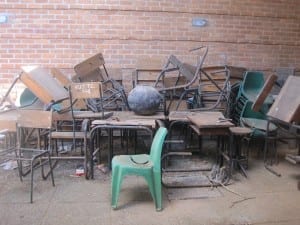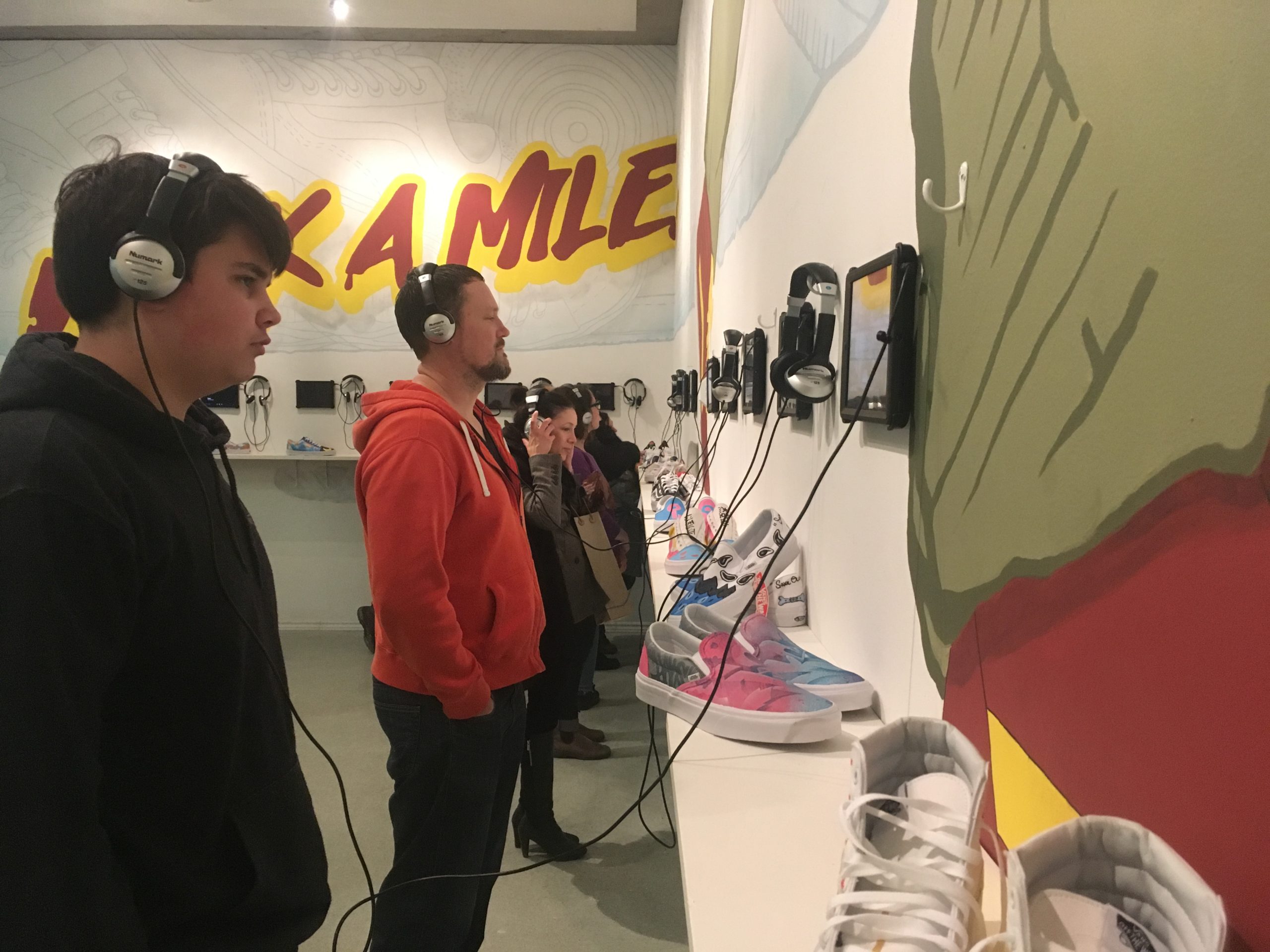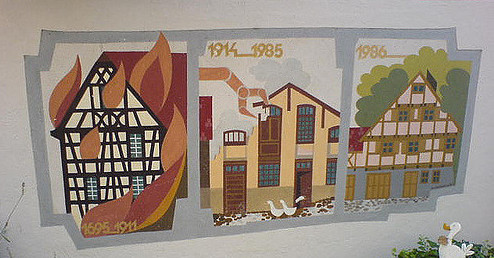As Sophie’s time in Malawi continued, she was fortunate to be invited not only to observe classrooms in action but to speak also with the Malawian teachers about the daily struggles that they face both in and out of the classroom. Through discussions and comparisons, we learn what is universal about the challenges faced by schools and what is unique to Malawi and to our own milieu. As we here in Quebec begin to start thinking about heading “back to school”, it might help us to look at our own challenges with different eyes when we read and consider what school life in Malawi encompasses.
As Seen Through Sophie’s Eyes
All over the world, teachers face numerous challenges. In Canada, one of the biggest challenges that teachers face is meeting the needs of an increasingly diverse student population. Canadian students today come from a wide range of backgrounds. The Canadian population is racially, religiously, linguistically, and ethnically diverse. Moreover, students who enter our classrooms come from a variety of socioeconomic backgrounds as well, meaning that not all children come from happy, safe, and supportive homes. Inclusion has also become popular in many Canadian provinces, most notably Quebec. Therefore, teachers must also help those with learning disabilities and behavioural problems reach their full potential. Needless to say, Canadian teachers have their hands full and these challenges are made even more difficult when we consider the predominantly white, female, and middle class population of teachers that are in charge of educating our youth. The Canadian student body is extremely diverse, yet the overall population of our teachers is not. But these challenges are for a future discussion, as I wish to turn my attention to some of the challenges that Malawian teachers face.
Although some of the challenges that Malawian teachers face are similar to those faced by their Canadian counterparts, the main problem in Malawi is a serious lack of funds. Poverty in Canada is common, but not nearly as common as it is in Malawi. Malawi is amongst one of the ten poorest countries in the world. Consequently, the Malawian government has substantially less money to put aside for education than the Canadian government has.
During my visit at Mponda Primary School, I had the opportunity to talk with the headmaster (principal) of the school about the difficulties of teaching in Malawi. He told me that the challenges that Malawian teachers face fall into two categories: academic challenges and physical challenges. Under the category ‘academic challenges’ falls a lack of materials such as textbooks, exercise books, story books, maps, atlases, student uniforms (Malawian students are required to wear uniforms at school to help prevent bullying), balls for sports such as soccer and netball (netball is similar to basketball), and portable boards (portable boards are very useful because many of the classrooms are outdoors as there is not enough space indoors). Another ‘academic challenge’ is a shortage of teachers. Student-teacher ratios are very high because there are not enough teachers despite the fact that the Malawian government has been trying to train more teachers. At Mponda Primary School, for instance, there is only one teacher per standard (grade) and each standard is averaged at 40 students. Chilanga Sighted Primary School faces the same problem, but to a greater extent because the student body is larger, with an average of 80 students per teacher. Imagine having 40 to 80 primary-aged students in your classroom!
In terms of physical challenges, I have been told that many Malawian schools lack physical space. At Mponda Primary School, there are only four indoor classrooms, yet, there are eight standards in elementary school. So four out of eight classrooms are outside, which is very unpleasant and inconvenient when the rainy season arrives. At Chilanga Sighted Primary School, there is one indoor classroom per standard, but these classrooms are crowded because there are approximately 1 000 students in the school. In order for students to be seated comfortably at Chilanga Primary, there should probably be between 2 and 4 classrooms per standard, as opposed to only one.
Other physical challenges include a lack of seats and desks. Many students have no choice but to sit on the hard cement floors or wet grass. Additionally, there is a lack of washrooms. Many schools have no toilets and some schools only have one or two. According to Mr. Lemani and the headmaster of Mponda Primary School, there should be at least 1 toilet per 25 boys and 1 toilet per 10 girls. This is a far stretch for most schools. Access to transportation is another issue that Malawian schools face. In Canada, we have buses that transport students to and from the school. In Malawi, many students are forced to walk many kilometers in order to get to school and then to go back home. Finally, most teachers must live on the compound of the school. The houses that these teachers live in are in very bad condition and need serious repairs. How many of these challenges do Canadian schools, teachers, and students face?
The challenges that I listed above have come up in conversation time and time again with every teacher that I have encountered so far in Malawi. I hope that it is fair of me to generalize that these are issues that teachers all over Malawi are facing. However, Mr. Lemani will be reading over my blog very shortly and will hopefully offer his insights below like last time. Until next time, I wish you all the best.
Sophie Bass
Mr. Lemani Responds
Although Sophie has explained the situation quite well, there are additional challenges that teachers face that should not be forgotten. One problem is the lack of incentives for teachers such as poor and/or lack of accommodation, no electricity, low salaries, lack of promotions, and lack of orientation. Also, most teachers prefer working in urban areas as opposed to rural ones because there are no social facilities in rural areas (hospitals, for example). One of the initiatives that the government undertook to attract teachers to rural areas was to give them a rural allowance of 5 000 kwachas (approximately 19 Canadian dollars), but due to the devaluation of the kwacha, this money is too little to attract teachers. Yet another challenge that many teachers face is that they start to resort to drill and practice methods of teaching because of two reasons: (1) they have a big workload and (2) the syllabus is exam-oriented.
As for students, one problem is that some rural schools do not have a feeding program. Another problem for many students is that many of them cannot attend school because they do not have enough money to buy school uniforms. Also, some students have to walk long distances to get to school and a lot of parents do not encourage their children to go to school because they do not see the importance of education. On an encouraging note, child labor is becoming minimal due to civic education and awareness. More parents are encouraging their children to go to school.
Henry Lemani
***
For some background about Malawi, see the Wikipedia entry – http://en.wikipedia.org/wiki/Malawi
Other posts in this series:
School Life in Malawi Part I: An Introduction to the Warm Heart of Africa
School Life in Malawi: A Brief Overview of Their Education System
School Life in Malawi: A Reflection on Malawian Teaching Methods






You have described some serious difficulties that Malawian teachers face. Interestingly some are similar to what is happening in some parts of North America – an exam oriented curriculum. While we have exams here in Quebec in elementary schools, they are process oriented. Much of North America faces standardized tests which lead to teaching low level skills that are easily tested. Let’s hope Quebec does not move any more in that direction.